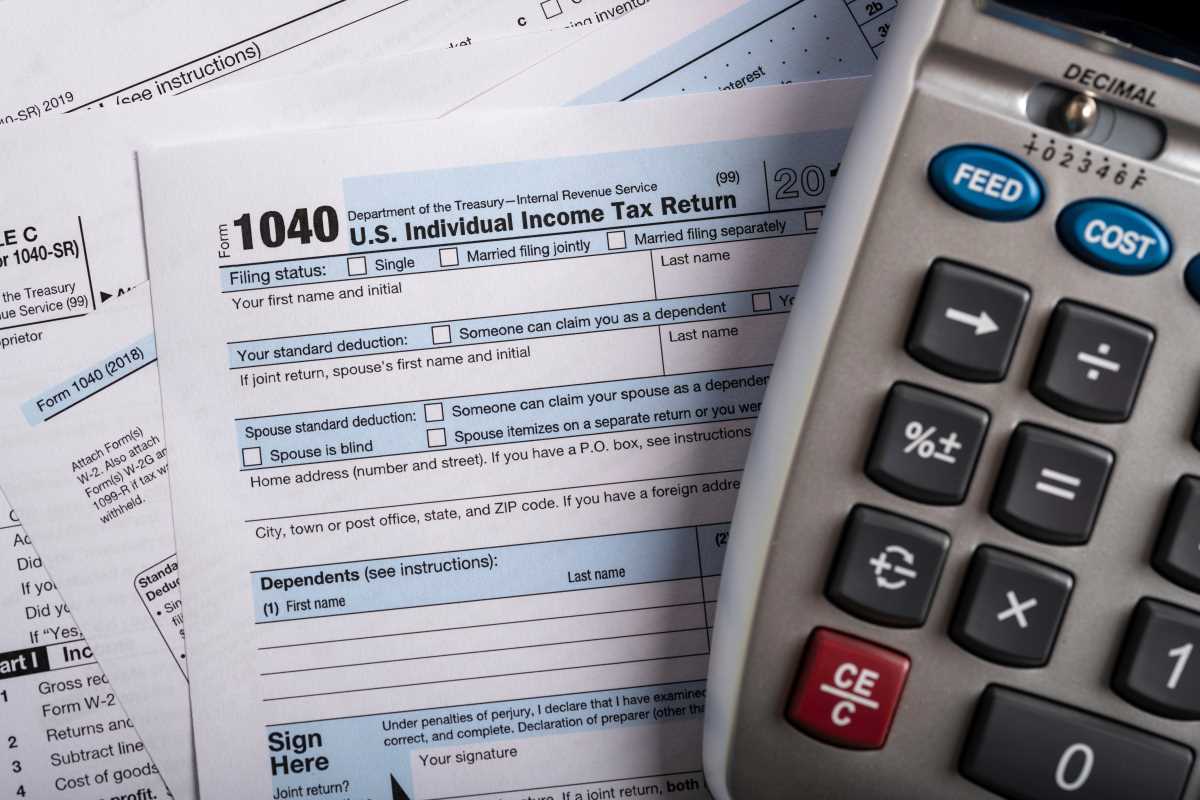Becoming a homeowner for the first time is a thrilling experience, but it also comes with significant financial responsibilities. Managing money effectively is crucial in navigating the complex world of real estate, from saving for a down payment to dealing with the ongoing expenses of homeownership. Whether you're buying a cozy apartment or a family house, understanding the financial aspects of the home-buying process is key to ensuring your long-term financial stability. This guide will walk you through the steps to take when managing your finances as a first-time homebuyer, offering tips on budgeting, saving, and avoiding common financial pitfalls.
Step 1: Assess Your Financial Situation
Before embarking on your home-buying journey, assessing your financial situation is important. Buying a home is one of the largest financial commitments you’ll ever make, so knowing where you stand is essential. Start by evaluating your income, existing debts, and savings. This will give you a clearer idea of how much you can afford to spend on a home.
Key Areas to Review:
- Income: Determine how much you earn monthly or annually after taxes. This helps establish a budget for your new home.
- Debt: Take a look at existing debts such as student loans, car loans, and credit card balances. Lenders often use your debt-to-income ratio to assess your mortgage repayment ability.
- Credit Score: Your credit score significantly determines the interest rate you will receive on your mortgage. A higher credit score typically means lower rates, saving you money in the long run.
Step 2: Set a Realistic Budget
Once you clearly understand your financial standing, it’s time to set a realistic budget for your new home. The key here is ensuring that your monthly mortgage payments fit comfortably within your income while leaving room for other essential expenses like utilities, groceries, and savings.
While many financial experts recommend spending no more than 28% to 30% of your gross monthly income on housing, this rule of thumb can vary depending on your personal circumstances. Remember that your mortgage isn’t the only cost of owning a home. These are additional costs to factor in:
- Down Payment: This is a lump sum payment made upfront to purchase the home. The standard down payment is usually 20% of the purchase price, but many lenders offer options that allow for smaller down payments. However, putting down less than 20% often requires you to pay private mortgage insurance (PMI).
- Closing Costs: These are fees associated with finalizing the home purchase, such as appraisal fees, title insurance, and lender fees. Closing costs typically range from 2% to 5% of the home’s purchase price.
- Property Taxes and Insurance: Homeowners are responsible for paying property taxes and insurance premiums. These costs can vary based on the location of the home and its value.
- Home Maintenance: Owning a home requires regular maintenance, including repairs and upkeep of appliances, plumbing, roofing, and landscaping. Setting aside a portion of your budget for this can prevent surprises down the road.
Step 3: Save for a Down Payment
Saving for a down payment is among the most significant hurdles for many first-time homebuyers. While some programs offer low down payment options, the more you can save upfront, the better off you’ll be in the long run. A larger down payment reduces your monthly mortgage payments and the amount of interest you pay over the life of the loan. These are a few strategies to save for your down payment:
- Automate Savings: Set up an automatic transfer from your checking account to a dedicated savings account for your down payment. Even small, consistent contributions will add up over time.
- Cut Back on Non-Essential Expenses: Look for areas where you can reduce spending, such as dining out, entertainment, or subscriptions. Redirect the money you save toward your down payment.
- Look for Assistance Programs: Many states and local governments offer down payment assistance programs for first-time homebuyers. These programs may provide grants or low-interest loans to help cover your down payment costs.
Step 4: Explore Mortgage Options
When it comes to financing your home, it’s essential to shop around and explore different mortgage options to find the one that best fits your financial situation. Mortgages can be confusing, with various terms, rates, and options available. Understanding the difference between loan types is critical to making an informed decision. These are common types of mortgages:
- Fixed-Rate Mortgage: With a fixed-rate mortgage, your interest rate remains the same throughout the life of the loan. This type of mortgage offers stability and predictability, as your monthly payment won’t change.
- Adjustable-Rate Mortgage (ARM): An ARM has an interest rate that can fluctuate over time, depending on market conditions. While the initial rate may be lower than that of a fixed-rate mortgage, it carries the risk of increasing payments in the future.
- FHA Loan: A Federal Housing Administration (FHA) loan is designed for low- to moderate-income buyers who may not have a large down payment or perfect credit. These loans typically require lower down payments and more lenient credit requirements.
- VA Loan: If you're a veteran or active military member, you may be eligible for a VA loan, which offers benefits such as no down payment and no PMI.
Step 5: Focus on Debt Management
Before applying for a mortgage, addressing any outstanding debts that could affect your ability to qualify for a loan is critical. Lenders typically look at your debt-to-income ratio (DTI), which compares your monthly debt payments to your income. A lower DTI makes you a more attractive borrower, as it indicates that you can handle additional debt. Strategies for managing your debt include:
- Paying off high-interest debt: If you have credit card balances or high-interest loans, prioritize paying these off to reduce your debt burden.
- Avoid taking on new debt: Avoid large purchases or opening new credit lines while you’re buying a home. Lenders may see new debt as a sign of financial instability.
Step 6: Build an Emergency Fund
An emergency fund is an essential part of homeownership. Owning a home comes with unexpected expenses, such as urgent repairs or medical bills. Having a financial cushion to fall back on helps you avoid dipping into your mortgage payments or going into debt when these emergencies arise.
Experts typically recommend saving three to six months’ worth of living expenses in an emergency fund. This fund should be kept in a liquid savings account, easily accessible in case of urgent needs.
Step 7: Monitor Your Credit
Your credit score plays a pivotal role in securing a favorable mortgage rate. A higher credit score can help you qualify for a better interest rate, saving you thousands of dollars over the life of your loan. Improve your credit score before applying for a mortgage if your credit score is low. Paying off outstanding debts, avoiding late payments, and correcting any errors on your credit report can help boost your score.
Step 8: Work with Professionals
Lastly, consider working with real estate agents, mortgage brokers, and financial advisors throughout home-buying. These professionals can provide valuable advice, help you navigate complex paperwork, and ensure you’re making informed decisions.







